-
Technical Details -
The
new system is running Retro-Dial from Carriersync.com on a Raspberry Pi, about
the size of a deck of cards.† The
ORIGINAL system was like the size of a refrigerator, between all the separate
part.
The details below are
from the original DDial system I had online, if
youíre curious. Iím sitting next to the old Apple, which is still running
greatÖ so itíll be part of the scenario here at some point, Iím sure.
Someone out there may
find it interesting Ė Iíll update this with the new system detail shortly:
(Meshing 80's Apple II's with 1990's Communications Parts and even a 2006 iPod to make it all work!)
So this thing is running on an Apple IIe?
Yes, the whole system is running on an Apple IIe, just like it was originally when the system was online in the 80s.
The computer is loaded with 7 modem cards. If you're retro computer techie, you'll know the Apple IIe only had 7 expansion ports. Normally slot #6 is tied up with the disk drive controller. Since the DiversiDial software only accesses the disk to load the software initially, then never touches it again...you lose a potential modem port. To get around this issue, I used A2 Oasis, an Apple II emulator for the PC. They have a fantastic little feature that you can output sound to a WAV file...even output the Apple II's cassette tape output to a WAV file as well! Why is this useful?
Many DiversiDial systems operators (SysOps) would load the software via a cassette tape port. Back in the good 'ol days, computers could load and save software to cassette. It was super slow, but it was possible. But it's not doing anything unique...it's just recording and playing audio and converting it into something it can use. That's when the lightbulb in the shape of an iPod popped over my head. :) I used the A2 Oasis program and their cassette tape/sound output capture function to output the software to a WAV file. I then copied the WAV file to my Apple iPod, and then connected the iPod to the Apple IIe's cassette tape input jack using a stereo mini to mini cable. Finally, I turn on the Apple IIe, enter a couple commands, hit play on my iPod for the ddial software, and exactly 3 minutes later, the DiversiDial software is loaded and the system automatically starts up!
How did you get the Apple IIe connected to the internet - what's going on behind the scenes?
When you telnet to the system, it goes through a Portmaster 2e system. This takes the telnet connection and directs it to a pool of RS232 serial ports. Each serial port is connected to a separate modem (Instead of having 7 modems and cables and adapters running everywhere ... the Portmaster connects to a US Robotics 16 line Total Control MP/16 Modem Pool).
When the Portmaster sends the DTR to the modem, it picks up one of the phone lines and dials one of the 7 modems in the Apple IIe computer at 300 baud. Of course, I didn't buy 14 phone lines to make this all happen, it's all plugged into two 16 extension Panasonic KX-T61610 phone switches. This gives the modems the dial tones they need to dial out to the Apple II modems, and it rings the modems like they require to answer the call. I had to use two Panasonic phone switches because each system is only capable of connecting 4 lines together. Meaning, even though there's 16 different extensions on one Panasonic phone switch, you can only have 4 extensions talking to 4 other extensions. Because I need 7 lines running, I needed to get two of these switches. As much as I looked around, I couldn't find anything that was affordable, analog, and capable of doing more than 4 lines. Even some of the more costly systems out there were only capable of 4 ext to ext calls. Strange... if anyone has any info on this or can think of a way around using these phone switches, or both switches, drop me an email!
Why didn't you just use serial cards in the Apple II instead of all of these old modems?
Because I'm not genius enough to rewrite the DiversiDial BBS software code to run with external modems or something that could utilize the Super Serial Card! :) At least not right now! The DiversiDial software was created to work with internal 300 baud modems such as the Novation AppleCat modems, and Hayes compatible Hayes Micromodem IIe and Zoom Telephonics Networker modems. That puts a bit of a clamp on your networking creativity!
Ideally, yes, you would want to hook up the Apple directly to the Postmaster, so you could telnet to the Portmaster, the portmaster would pass along the connection to one of its RS232 ports, each of which would be plugged into a set of Apple SSC (Super Serial Cards). However, you would lose that fantastic mystique of running 300 baud and the slow dial strings, though!
The other way you can get things connected - DiversiDial had the ability to connect additional Apple II systems together using direct link cables and super serial cards, but as far as I know...you can't use this interface with telnet...meaning, DDial expects this port to make a connection and stay connected...not be dynamic and handle incoming callers who connect and disconnect like modem users do...
Server Specs
In order of connection from Internet to Apple IIe Computer
Portmaster 2e Communications Server (Connects Telnet session data to individual RS232 Ports)
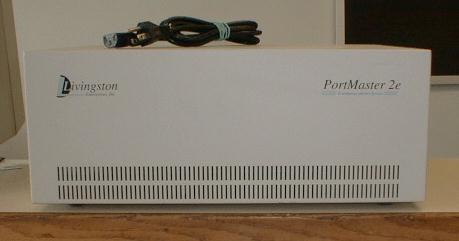
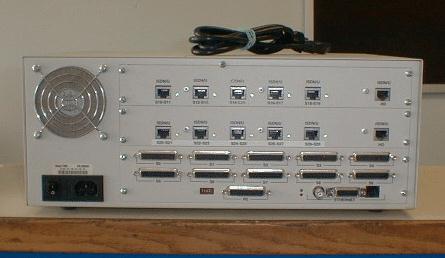
USRobotics Total Control MP/16 Modem Pool (Connects to RS232 ports on Portmaster to handle the dialout modems which are connected to the phone switch)
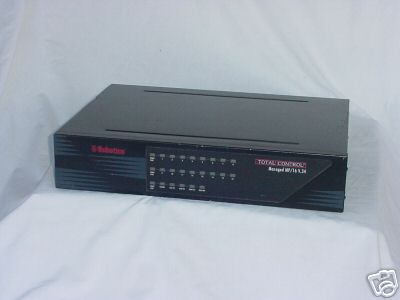
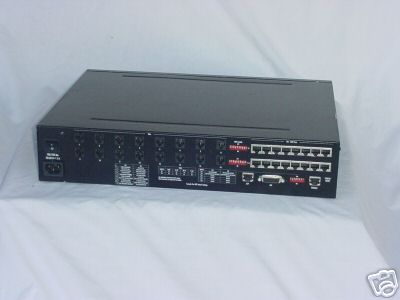
Two Panasonic KX-T601010 Analog (Hybrid) Phone Switch (Connects the USRobotics Dialout Modems to the internal Modems in the Apple IIe)
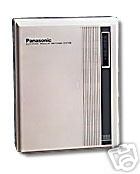
One Novation AppleCat 300 Baud Internal Modem (Connects to Line 1 of Panasonic Phone Switch)
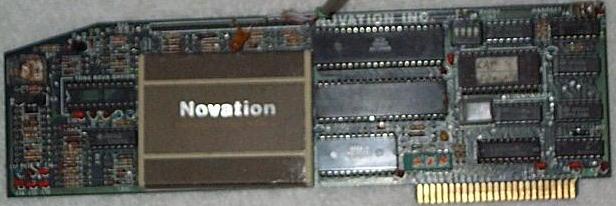
Hayes Micromodem IIe 300 Baud Internal Modems (Lines 2-5 on Panasonic Phone Switch)
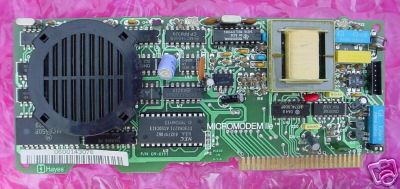
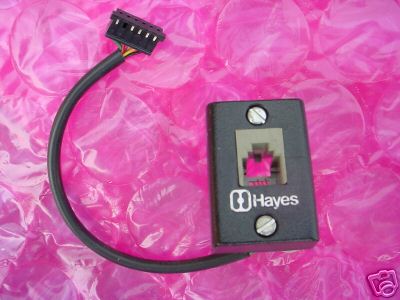
Apple IIe running 1 MHz 6502 Processor
(That's 1/1024 the processor speed of a 1Ghz PC, which isn't that fast anymore, either!)
64k Ram - 16k Rom - 80 column display card
Apple iPOD connected to the Cassette Port :)
Comments/Questions? Drop me a note!
Last Updated Ė Dec 2025